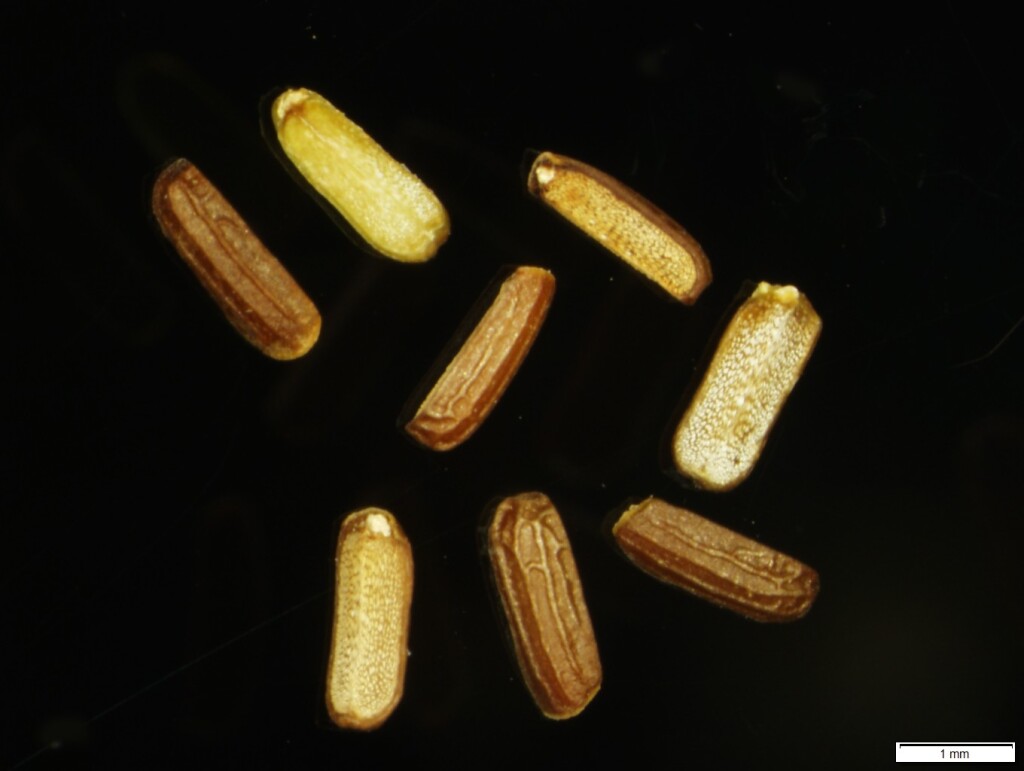Verbena officinalis var. gaudichaudii
Briq.Stem and branches pubescent or puberulous, not glandular. Lower leaves deeply incised-dentate almost to midrib, segments 2–5(–10) mm long, acute, strigillose above, strigillose on veins below, not glandular; upper leaves entire or sparsely dentate, narrow-linear or narrow-lanceolate. Inflorescence not glandular or viscid, pubescent to puberulous. Flowers crowded along rachis or distant in lower part; sessile; bracts ovate-lanceolate, puberulous abaxially, glabrous after anthesis, usually as long as the calyx, occasionally two-thirds the length of the calyx. Calyx hirsute-strigillose outside, minutely strigillose inside. Corolla-tube with hispid hairs outside, cylindric. Flowers mainly Oct.–Jan.
MuM, Wim, GleP, VVP, VRiv, MSB, RobP, MuF, GipP, OtP, WaP, CVU, DunT, EGL, EGU, HSF, HNF, Strz, MonT. Also NT, SA, Qld, NSW. Widespread throughout the state in clay and loam soils in woodlands, besides watercourses, in disturbed sites along roads and in pastures.
Verbena officinalis var. gaudichaudii has had a long history of collection in Australia, with the type being collected by Gaudichaud from Port Jackson in 1819. Consequently, this taxon is considered native to Australia.
Conn, B.J. (1999). Verbenaceae. In: Walsh, N.G.; Entwisle, T.J., Flora of Victoria Vol. 4, Cornaceae to Asteraceae, pp. 411–418. Inkata Press, Melbourne.
 Spinning
Spinning